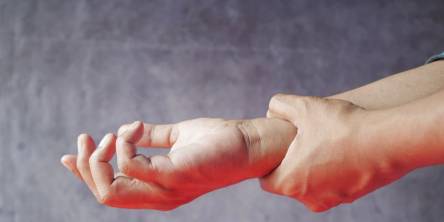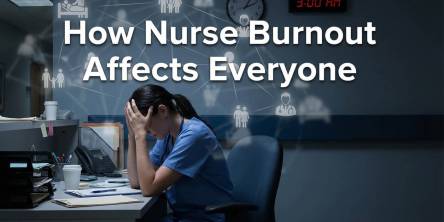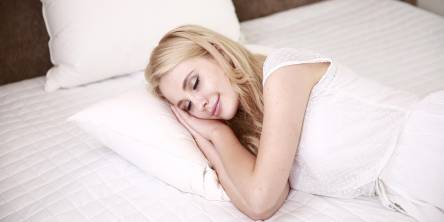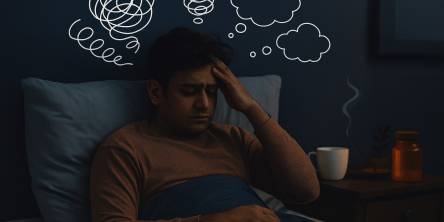Why House Slippers Are Essential for Indoor Foot Health

When you step inside after a long day, slipping into your favorite house slippers might feel like an indulgence—but it's also a smart move for your foot health. Far more than a cozy accessory, the right pair of indoor footwear can cushion, protect, and support your feet during daily activities. In this article, we'll explore why house slippers are essential for maintaining healthy feet, citing real-world evidence and professional insights to back it up.
The Hidden Risks of Going Barefoot Indoors
The trend toward barefoot comfort at home can lead to surprising health consequences. Podiatrists have noticed a noticeable uptick in foot pain among people working from home—particularly plantar fasciitis, metatarsalgia, and Achilles tendinitis—often linked to prolonged barefoot walking on hard floors. Bare feet bear the brunt of impact with each step, which over time can lead to inflammation that radiates from the feet to the knees, hips, and back. In contrast, supportive house slippers play a preventative role by cushioning those impacts and reducing strain.
Read more:
- 9 Reasons You May Want an Appointment With a Foot Doctor
- Five Tips To Protect Your Foot Massager
- 7 Shoe Mistakes That Are Killing Your Feet
What Makes House Slippers Supportive and Safe?
Cushioning, Warmth, and Protection
A well‑crafted pair of house slippers provides a soft barrier from rough floors, keeping feet warm and reducing exposure to surface hazards like cold tile or small debris. Moreover, by locking in warmth, slippers help improve circulation for people with poor peripheral blood flow.
Structural Support
Not all slippers are created equal. Slippers designed with arch support, firm soles, and heel cups—such as orthopedic options—can help align posture and reduce stress on joints. Conversely, overly flexible or flimsy designs can exacerbate foot fatigue or contribute to conditions like plantar fasciitis or hammertoes.
Safety and Traction
Indoor falls are not uncommon, especially among older adults. Studies suggest that less supportive footwear increases fall risk due to instability in gait and balance. A sturdy pair of non-slip house slippers can help reduce that risk and provide reliable traction on smooth surfaces.
Evidence and Expert Insight on Indoor Footwear Use
A 2019 study of Australian inpatients found that only 11% wore protective indoor footwear—such as proper shoes—most of the time. In contrast, 21% regularly wore slippers and 30% went barefoot. These numbers highlight the widespread reliance on potentially non-supportive indoor footwear and underscore an opportunity for education on safer choices.
Meanwhile, podiatrists emphasize that supportive house slippers are especially beneficial for individuals with flat feet, plantar fasciitis, arthritis, or diabetes. These groups benefit from slippers that cushion the foot, support the arch, and protect against injuries—critical considerations for those with neuropathy or impaired sensation.
Choosing the Right House Slippers
Selecting the correct pair can make a big difference. Here are practical tips:
Firm sole and arch support: Avoid slippers that you can fold easily—those lack the necessary structural support.
Proper fit: Shoes should cradle the heel securely without constraining the toes.
Removable footbed options: Ideal for accommodating orthotics or addressing swelling in conditions like diabetes.
Replace textiles regularly: Cloth-lined slippers may harbor bacteria and lose support within six months to a year.
Conclusion
Switching from barefoot or flimsy slippers to supportive house slippers isn't just about everyday comfort—it’s a practical step toward preserving foot health and overall well-being. From cushioning hard flooring to preventing foot strain and fall risks, the right slippers offer tangible benefits backed by both professional recommendations and peer-reviewed data. Whether you’re caring for aging feet, managing foot conditions, or simply seeking daily comfort, investing in good-quality house slippers is a decision your feet (and body) will thank you for.
Similar Articles
The start of a new year is a natural time to pause, reflect, and think about how you want to feel in the months ahead. For those over 60, a fresh start does not mean setting unrealistic resolutions or making drastic changes.
Picture this: You're parked at your workspace, battling to focus on what should be a straightforward five-minute task. That afternoon slump? It's demolishing you today.
Joint pain and arthritis are common health issues that tend to become more intense during the winter season
Discover the benefits, challenges, and future of locum medical jobs. Learn how locum recruitment agencies support flexible, diverse career opportunities for healthcare professionals seeking dynamic work environments.
Burnout in the healthcare environment is a significant and growing crisis.
NAD+ therapy restores cellular energy, enhances metabolism, and promotes anti-aging by supporting DNA repair and improved overall vitality.
Seasonal Affective Disorder (SAD) is a type of depression linked to seasonal changes, most commonly seen during the late fall and winter months when sunlight exposure decreases
Enhance sleep comfort and support with a mattress topper queen. Discover how the right topper improves pressure relief, temperature control, and rest.
If your mind refuses to be quiet the moment your head touches the pillow, welcome to the club. Overthinking at night has silently become nearly synonymous with modern forms of insomnia.









